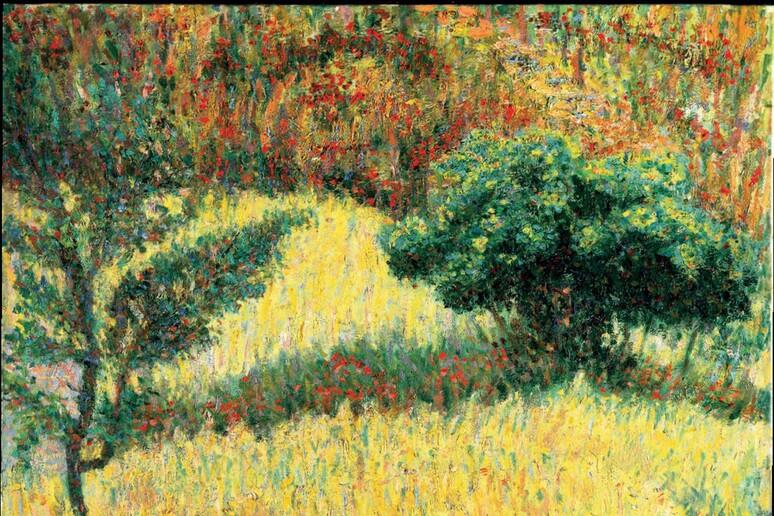An exhibition of works by
Italian painter Giacomo Balla, a master in finding the truth in
nature through light and shadow, will go on display at the
Bilotti Museum in Rome's Villa Borghese, where the artist
created the paintings on display.
Balla, who was born in Turin in 1871, came to Rome in 1895.
In 1904 he moved with his wife Elisa to a home whose balcony
faced the park, giving him a unique perspective for his work.
He and his family lived there until being evicted in 1929.
At the time, the location was considered to be on the
outskirts of the city, and it was there that Balla developed a
series of extraordinary figurative works through 1911, when he
became one of the leading figures in the Futurism movement.
The relationship between the artist and the Roman park is at
the heart of the exhibition opening February 17, curated by art
historian Elena Gigli, who has long been involved in cataloging
Balla's work.
"Villa Borghese, for Balla, was what Montagne Sainte-Victoire
represented for Paul Cezanne," Gigli said, recalling a concept
expressed 20 years ago by art critic Maurizio Fagiolo in
presenting a retrospective of the artist in Padua that examined
the same pre-Futurism time period.
In fact, this Balla anthology of 37 works is a sort of
tribute to Fagiolo, with whom Gigli worked for more than a
decade.
Prior to WWI, Balla worked mainly on paper, using a technique
with pastels and a pocketknife, Gigli said.
"He builds and scratches at the chromatic pictorial material
leading to the luminous and naturalistic construction of the
entire composition," she said.
She said that Balla's study of light and movement began with
the first portrait on display, from 1895, up through his last,
in 1953.
"He was struck by the automobile and its movement, which led
to abstract speed, but we also find movement and light in the
pastels and knife strokes in the scenes of Villa Borghese on
display here," Gigli said.
Also being shown as part of the exhibition is the Jack
Clemente film "Balla and Futurism", which features the artist's
daughters Elica and Luce and won the Golden Lion for art
documentaries at the 1972 Venice Film Festival.
ALL RIGHTS RESERVED © Copyright ANSA











